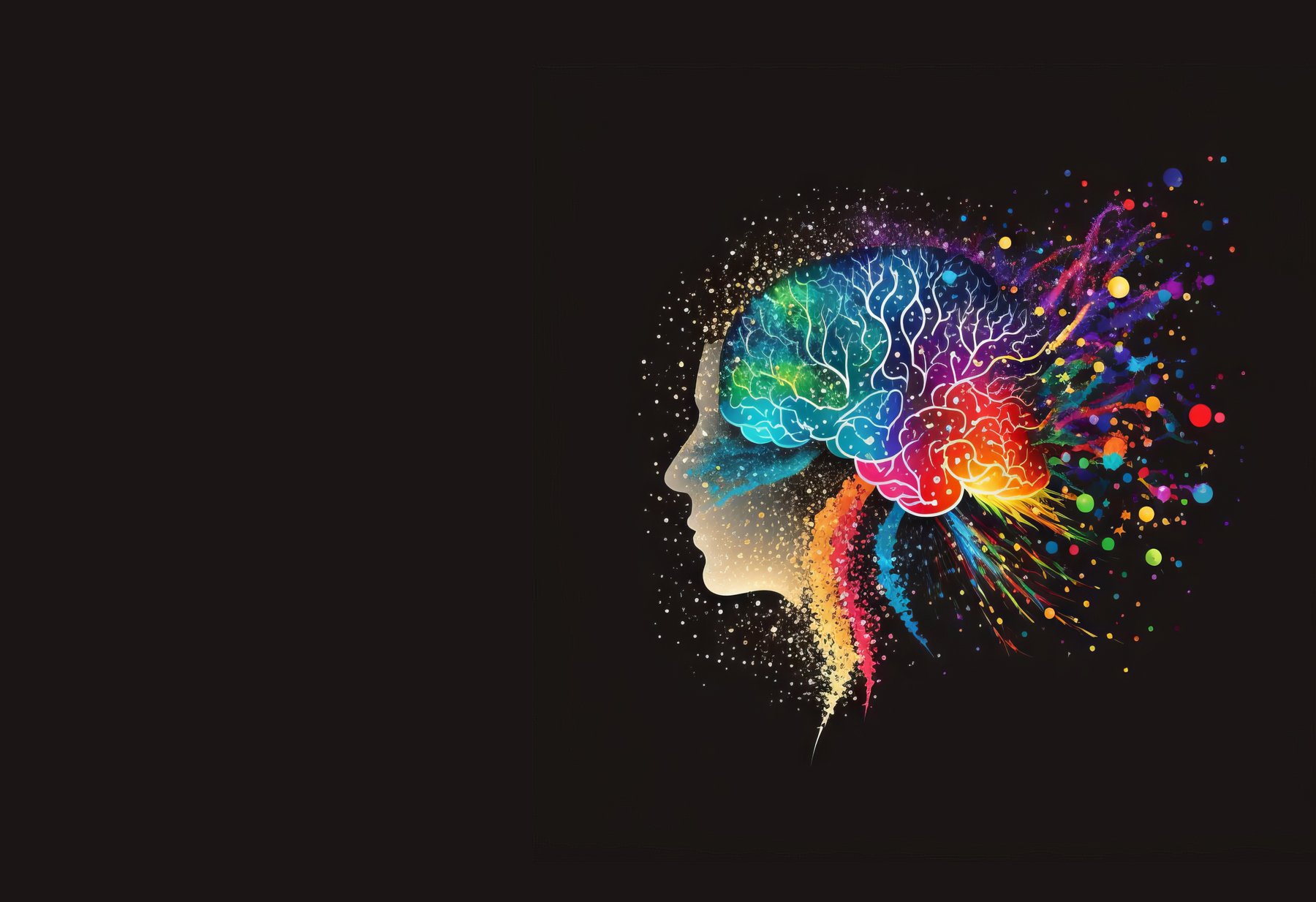Overview:
Millions of individuals worldwide suffer from chronic pain, yet the effects can differ depending on a person’s gender. Compared to men, women are more likely to report higher degrees of pain severity and impairment as well as chronic pain disorders. Comprehending the distinctions between genders in chronic pain is vital in order to formulate customized treatment strategies that cater to the distinct requirements and obstacles encountered by females. The frequency of chronic pain in women, the variables underlying gender disparities in pain perception, and treatment strategies that take into account the biological, psychological, and social aspects of women’s pain experiences are all covered in this article.
The prevalence of chronic pain and its effects in women:
Women are more likely than males to experience illnesses like fibromyalgia, migraines, and pelvic pain problems, which are examples of chronic pain that affects them throughout their lives. Chronic pain disorders associated with reproductive health, including endometriosis and menstrual disorders, are also more common in women. Beyond just causing physical suffering, chronic pain has an influence on women’s emotional health, social interactions, and general quality of life. Comprehensive and gender-sensitive methods to pain management are necessary since women with chronic pain may have higher levels of anxiety, depression, and sleep difficulties than men.
Factors related to biology that influence how differently men and women perceive pain:
Gender differences in pain perception are mostly influenced by biological factors, such as heredity, hormone swings, and variances in the nervous system. In women, hormonal shifts related to menstruation, pregnancy, and menopause might affect how sensitive they are to pain and how they perceive it. Individual differences in pain sensitivity and responsiveness to treatment may also be influenced by genetic factors, including variances in pain-related genes and neurotransmitter systems. Gender differences in pain perception and modulation may be explained by neurobiological differences in pain processing, including variances in brain structure and function. Comprehending these biological variables is crucial in order to formulate focused therapies that tackle the distinct mechanisms that underlie pain in women.
Social and Psychological Factors Affecting Women’s Experiences of Pain:
Women’s experiences with chronic pain are greatly influenced by psychological and social elements, such as trauma, psychosocial stressors, and gender-specific expectations. Stressors such child care obligations, work-family conflicts, and socioeconomic hardship are more common among women and can have an impact on the development and severity of chronic pain. Women are also more likely than men to have experienced trauma, including physical or sexual abuse, which can raise their chance of acquiring chronic pain disorders in the future. Pain perception, expression, and treatment can be influenced by gender-related assumptions and preconceptions, such as the idea that women are more expressive or have a higher pain threshold. To manage women’s pain holistically and with consideration for their gender, it is imperative to address these psychological and social issues.
Strategies for Treating Women’s Chronic Pain:
Women’s chronic pain treatment necessitates a thorough, interdisciplinary strategy that takes into account the biological, psychological, and social aspects of pain. Women with chronic pain issues may benefit from pharmacological therapies, such as antidepressants, anticonvulsants, and nonsteroidal anti-inflammatory medications (NSAIDs), to manage their pain sensations and related comorbidities. Women with pain disorders like endometriosis or menstrual migraines that are influenced by hormonal changes may benefit from hormonal therapies like hormonal contraceptives or hormone replacement therapy. Non-pharmacological interventions can help women improve their general well-being, develop coping mechanisms, and manage their pain better. Examples of these interventions include physical therapy, mindfulness-based interventions, and cognitive-behavioral therapy (CBT).
Women’s Reproductive Health Considerations:
Millions of women worldwide suffer from endometriosis, menstruation-related diseases, and pelvic pain disorders; these conditions have a substantial impact on women’s experiences with chronic pain. Menstrual cycle irregularities, pregnancy, childbirth, and menopause are among the reproductive health variables that need to be taken into account while developing treatment plans for women experiencing chronic pain. To treat pain symptoms related to reproductive health issues, doctors may advise hormonal therapy, surgical procedures, and lifestyle changes. Healthcare professionals should also be aware of the possible effects that chronic pain may have on a woman’s ability to conceive, her fertility, and the success of her pregnancy. They should offer women navigating these challenges with complete assistance and guidance.
Reducing Inequalities in Women’s Pain Treatment:
Gender differences in pain management, including differences in pain evaluation, diagnosis, and treatment, continue despite the high frequency and effects of chronic pain in women. Compared to males, women are more likely to have their pain disregarded, inadequately treated, or misdiagnosed, which causes delays in getting the right care and worse treatment outcomes. Healthcare professionals need to be on the lookout for gender preconceptions and biases that could affect patients’ decisions about how to manage their pain. In order to overcome gaps in pain care for women, it is imperative to provide care that is both gender-sensitive and culturally competent, encourage women to participate in shared decision-making, and fight for equitable access to pain management services.
In summary:
Women’s chronic pain is a complicated, multidimensional condition that is impacted by social, psychological, and biological variables. Developing specialized approaches to pain management that address the particular requirements and challenges experienced by women requires an understanding of the gender disparities in pain perception and treatment responses. Healthcare professionals can improve pain outcomes and improve the general well-being and quality of life of women who live with chronic pain by taking a comprehensive and multidisciplinary approach that takes into account the biological, psychological, and social variables influencing women’s experiences of pain. We may endeavor to lessen gender differences in pain management and make sure that all women receive the assistance and care they require to live comfortably and prosper through activism, education, and research.





